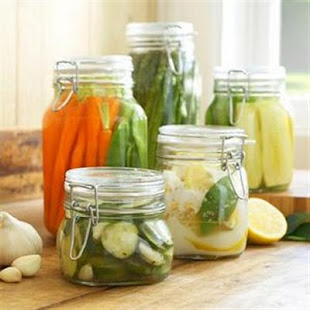July's Produce
free-range eggs
twice-a-day goat milkings - ricotta, chevre, feta
snap and snow peas
strawberries
Russian and Nero kale
Swiss chard
endive
radicchio
radishes
green onions
Romaine lettuce
spinach
mache
arugula
snow and snap peas
winter mesclun mix
red onion thinnings
a tiny amount of basil prunings
fresh hardy herbs - chives, thyme, oregano
July's Preserving
7/1/10 - 14 oz. Romano goat cheese
7/2/10 - 14 oz. Parmesan goat cheese
7/8/10 - 10 oz. Italian seasoned ricotta salata
7/11/10 - 14 oz. Romano goat cheese
7/15/10 - 10 oz. plain ricotta salata
7/17/10 - 16 oz. Romano goat cheese (might not make it though)
7/19/10 - 18 oz. farmhouse goat cheddar
7/29/10 - 14 oz. Romano goat cheese
7/15/10 - 24 pounds blueberries u-picked from Redland Blueberries
(blueberry tart; 6 gallon bags frozen)
7/30/10 - 15 pounds blueberries u-picked from Redland Blueberries
(lost track of how many berries were frozen; lots though)
7/19/10 - 2 pint bags frozen Marionberries
7/23/10 - 2 pint bags frozen Marionberries
7/26/10 - 1 pint bag frozen Marionberries
7/29/10 - 2 pint bags frozen Marionberries
7/31/10 - 2 pint bags frozen Marionberries
7/28/10 - 12 oz. lime basil white wine vinegar
7/31/10 - 12 oz. thyme red wine vinegar
So as you can see this year has been a pretty productive gardening year for us. Plenty of material to work with and to be creative with in the kitchen.
 |






.JPG)













.JPG)






.jpg)



.jpg)


